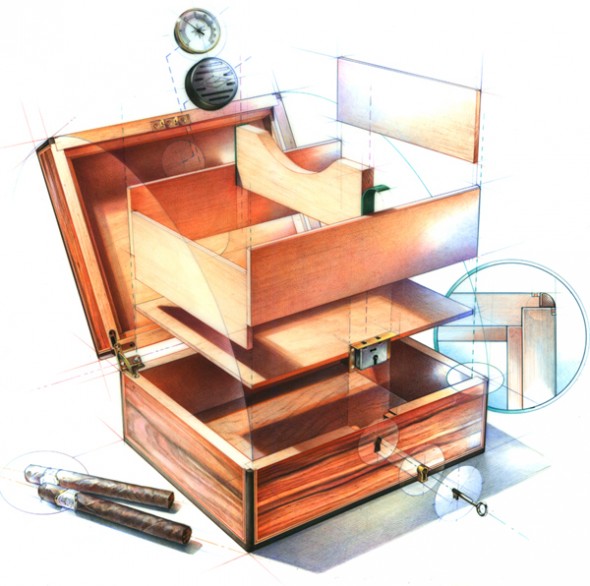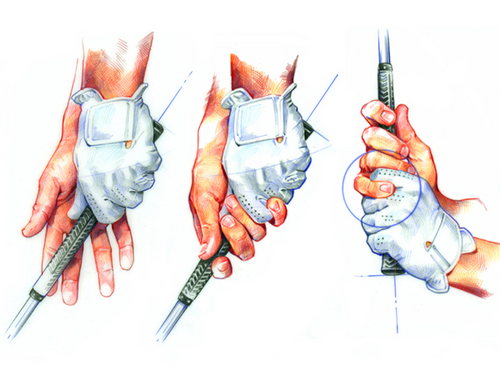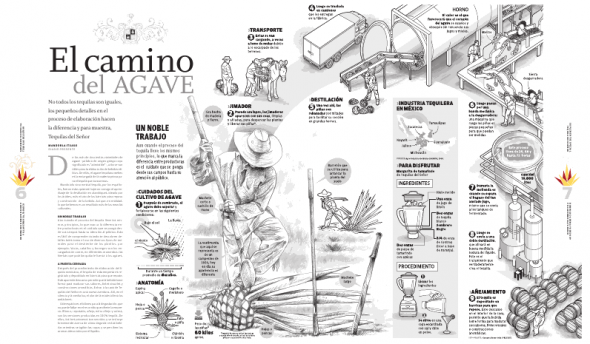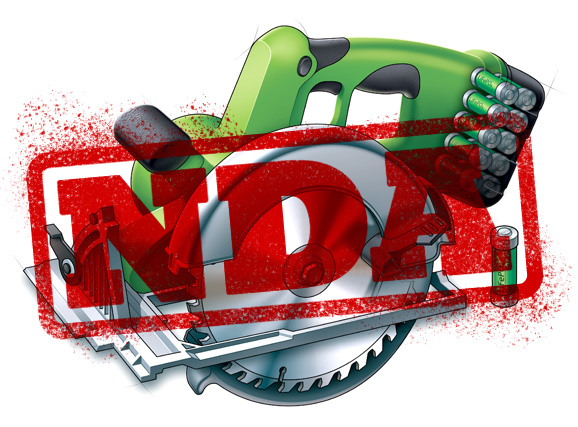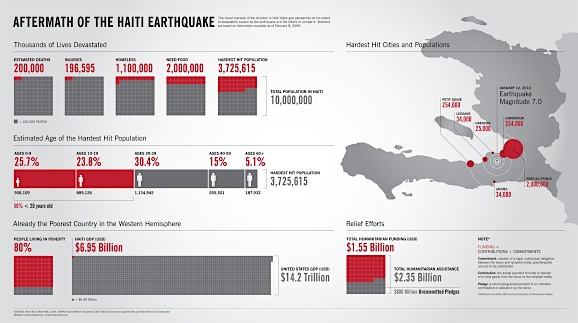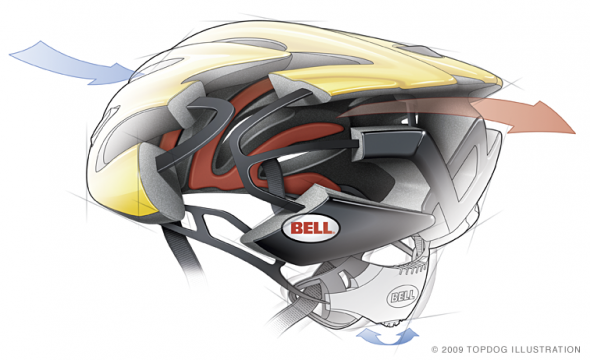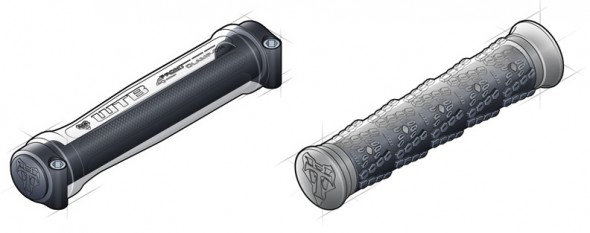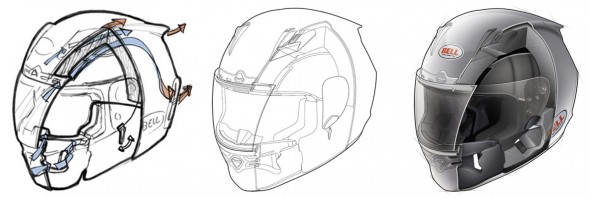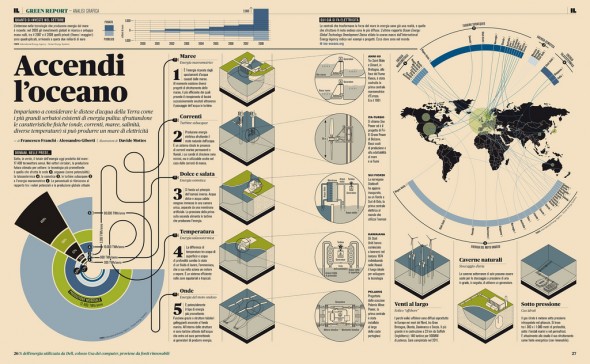
Bruce Morser, a freelance illustrator with a unique and highly technical colored pencil technique, teaches the course Elements of Drawing: A Creative Approach at the School of Visual Concepts in Seattle, Washington. (Unfortunately, the spring 2010 class is full.)
“Drawing is a wonderful skill, but it also serves as a key for unlocking personal creativity. Many artists speak of great ideas emerging once their pencil starts moving across the paper. Each of the 10 class sessions will be divided between instruction in the basic skills of drawing, as well as an exploration of the creative process through techniques that enhance your own sense of creativity. Whether you’re refocusing on drawing or have no prior experience, this is your class.”
Morser has created images for a variety of clients including Apple, National Geographic, NASA, Nike, Starbucks, Smithsonian, Boeing, Microsoft and IBM. His subject matter ranges from technical to medical to fashion and portraiture.
